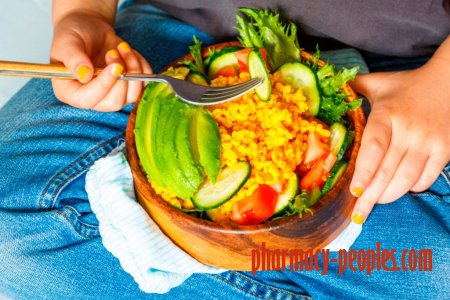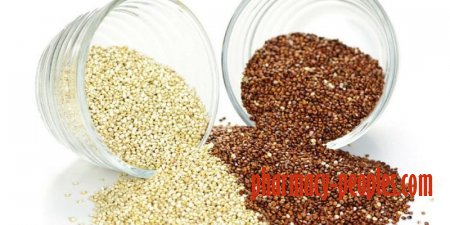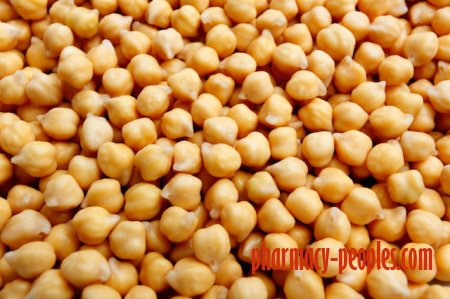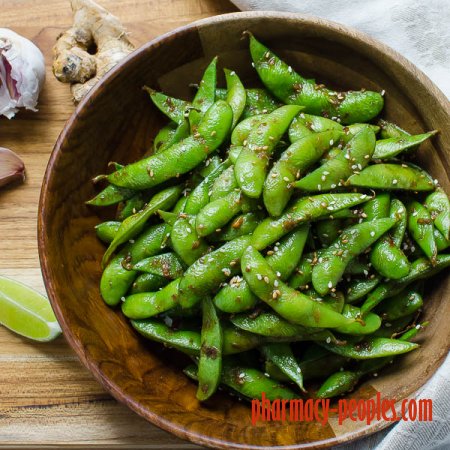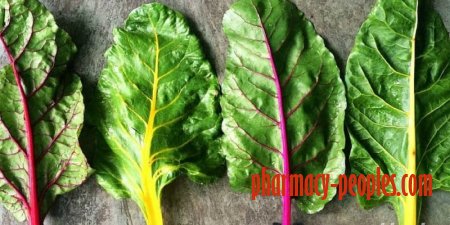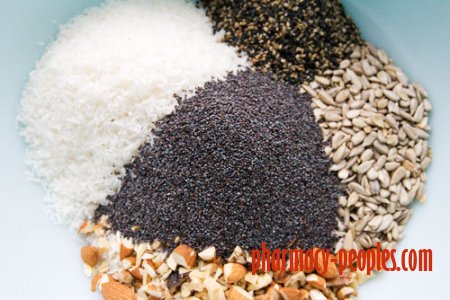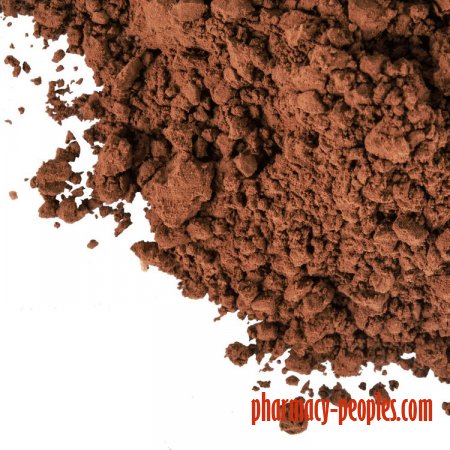Best Vegan and Vegetarian Protein Sources
6 Protein Myths Vegans Don’t Need to Worry About
1. Vegans need to focus on complete proteins.
This one of the biggest and oldest arguments vegans hear about protein in their diets.
It’s also one of the most misleading.
Yes, there are two kinds of protein foods: those that are complete (they contain all of the essential amino acids) and those that are not (they only provide some of the essential amino acids).
However, as long as you’re eating a wide variety of vegan protein sources over the course of several days, your body will draw from them the essential amino acids it needs. You do not need to get all of them in one meal or even in one day.
Our bodies also store amino acids and recycle them as well, so a balanced diet will ensure that any given amino acid is available when it’s needed.
This is one of the reasons (along with getting a variety of vitamins, minerals and antioxidants) that you need to eat from a wide variety of vegan protein sources, rather than relying on a few go-to foods.
2. Animal proteins are better for you than plant-based proteins.
Quality is key, whether you’re eating animal or plant protein. Some vegan protein sources are better than others and some animal sources are better than others. This is why it’s important to know where your food originates.
3. You need to combine foods in order to derive enough protein.
This, and the myth about complete proteins, is why rice and beans has become such a staple meal.
Unfortunately, it’s also why a lot of vegans and vegetarians become absolutely sick of rice and beans!
For a long time, vegetarians were told that they needed to combine proteins in order to get a complete protein at each meal. For instance, you might be advised to eat corn and lentils together, since corn lacks lysine but contains sulfur and lentils lack sulfur but contain lysine.
There’s nothing true about this at all.
We know that our bodies store amino acids in their muscular and liver amino acid pools. As long as you eat a variety of proteins, your body will take any “missing” amino acids and do the combining of proteins itself.
There’s nothing wrong with combining foods to get all of the essential amino acids in one meal, but it isn’t necessary, either. As long as you’re getting a wide variety throughout the week, your body will do the combining for you.
4. Plant-based proteins aren’t as easy to digest as animal-based proteins.
In some cases, this is true, but you can also improve the digestibility of many vegan protein sources by cooking them lightly, soaking or sprouting them or by supplementing with digestive enzymes and hydrochloric acid.
One of the reasons that plant-based proteins get labeled as “less-digestible” and therefore less desirable is that cooking does change the digestibility of some proteins. This is the main reason that raw foodists are so adamant about going raw.
Here’s what’s going on when protein is cooked: As a protein is heated, its surface area shrinks, making it harder for digestive enzymes to get in there and start breaking down those peptide bonds. This means it will take longer to utilize those amino acids.
Also, some amino acids are especially sensitive to heat, such as lysine, tryptophan, methionine, cysteine, histidine, and arginine. You need to try to get as many of these amino acids from raw or very lightly cooked foods as you can in order to ensure an adequate supply.
While I’m not a raw vegan, I do think that the more raw foods you incorporate, the better. That said, go with your palate on this; it’s better to eat cooked kale than no kale at all.
5. Plant based proteins don’t provide enough protein for a healthy body.
Again, as long as you get a wide variety of amino acids from a wide variety of vegan protein sources, you can easily get all the protein you need. Further on, I’ll give you some great examples of a healthy vegan menu that supplies plenty of protein quite easily.
6. Vegans are subject to amino acid imbalances because plant proteins themselves are imbalanced.
As long as you’re getting adequate calories from a variety of vegan protein sources, this simply isn’t the case. What is a problem is supplementing with individual amino acids.
People who lack a significant amount of one amino acid or another can supplement with those amino acids, but this should only be done intermittently, with six-to-eight weeks of supplementation followed by three-to-four weeks without. Because of this, I strongly recommend that you get your amino acids through whole foods rather than supplementation.
Green peas
Foods in the legume family are good sources of vegetarian protein, and peas are no exception: One cup contains 7.9 grams—about the same as a cup of milk. (For the record, women should get about 46 grams of protein per day, and men need about 56.) If you don't like peas as a side dish, try blending them into a pesto, says Elle Penner, RD, nutritionist for MyFitnessPal and blogger at Nutritionella.com. "I blend frozen peas, toasted pine nuts, fresh mint, olive oil, and Parmesan cheese and serve over linguine," she says. "It's one of my all-time favorite meat-free meals!"
Quinoa
Most grains contain a small amount of protein, but quinoa—technically a seed—is unique in that it contains more than 8 grams per cup, including all nine essential amino acids that the body needs for growth and repair, but cannot produce on its own. (Because of that, it's often referred to as a "perfect protein.") Plus, it's amazingly versatile: Quinoa can be added to soup or vegetarian chili during winter months, served with brown sugar and fruit as a hot breakfast cereal, or tossed with vegetables and a vinaigrette to make a refreshing summer salad.
Nuts and nut butter
All nuts contain both healthy fats and protein, making them a valuable part of a plant-based diet. But because they are high in calories—almonds, cashews, and pistachios for example, all contain 160 calories and 5 or 6 grams of protein per ounce—choose varieties that are raw or dry roasted. Nut butters, like peanut and almond butter, are also a good way to get protein, says Penner: "Look for brands with as few ingredients as possible—just nuts and maybe salt," she says. "Skip the ones with hydrogenated oils or lots of added sugar."
Beans
There are many different varieties of beans—black, white, pinto, heirloom, etc.—but one thing they all have in common is their high amounts of protein. Two cups of kidney beans, for example, contain about 26 grams (almost the same as a Big Mac, which has 25 grams!). And you don't have to make beans from scratch to reap their nutritional benefits, says Christine Gerbstadt, MD, RD, author of Doctor's Detox Diet. "If you want to buy them dried and soak them overnight before you cook them, that's fine," she says. "But it's also perfectly okay—and much easier—to buy them canned, rinse them, and heat them up over the stove."
Chickpeas (Garbanzo beans)
Also known as garbanzo beans, these legumes can be tossed into salads, fried and salted as a crispy snack, or pureed into a hummus. They contain 7.3 grams of protein in just half a cup, and are also high in fiber and low in calories. "You can make a really great meal with some whole-wheat flatbread, some veggies, and some homemade hummus," says Gerbstadt. "Just toss a can of chickpeas in the blender with some herbs and some tahini or walnut oil and you're good to go."
Tempeh and tofu
Foods made from soybeans are some of the highest vegetarian sources of protein: Tempeh and tofu, for example, contain about 15 and 20 grams per half cup, respectively. "They're highly nutritious, and they can really take on the taste and texture of whatever type of food you're looking for," says Gerbstadt. "I love that you can get a really soft tofu and mash it with a fork, or you can get a firm one and have a really substantial product that can stand in for meat."
Edamame
Not crazy about meat substitutes? Get your servings of soy the way it appears in nature: Straight from the soybean, still in the pod. Boiled edamame, which contains 8.4 grams of protein per half cup, can be served hot or cold and sprinkled with salt. Try it as a snack, an appetizer before dinner, or added to salads or pastas (minus the shell, of course.)
Leafy greens
Vegetables don't have nearly as much protein as legumes and nuts, Gerbstadt says, but some do contain significant amounts—along with lots of antioxidants and heart-healthy fiber. "If someone is eating a lot of vegetables—and a wide variety of different types of vegetables—it will certainly add up to a good amount of amino acids," she adds. Two cups of raw spinach, for example, contain 2.1 grams of protein, and one cup of chopped broccoli contains 8.1 grams.
Hemp
Adding hemp to your diet does not mean you're eating rope (or marijuana), says Gerbstadt; you can find it in some cereals and trail mixes, or you can buy hemp seeds (10 grams of protein in 3 tablespoons) and add them to smoothies, pestos, or baked goods. Hemp milk can also be a dairy-free way to add protein to your diet, and it's even lower in calories than skim milk.
Chia seeds
These seeds—yes, from the same plant that's used to make Chia Pet products—are an easy way to add protein (4.7 grams per ounce, about two tablespoons) and fiber to almost any recipe: Chia seeds can be sprinkled over salads, stirred into yogurt or oatmeal, blended into smoothies, or they can take center stage: They plump up and take on a gelatinous texture when soaked in a liquid, forming a rich and creamy pudding-like treat.
Sesame, sunflower and poppy seeds
Don't discount the other seeds in your pantry, either; the more familiar varieties are also high in protein and healthy fats, says Gerbstadt. (Per volume, sunflower seed kernels contain the most protein—7.3 grams per quarter cup—followed by sesame seeds and poppy seeds at 5.4 grams each.) Try thinking of outside-the-box ways to add more seeds to your diet, Gerbstadt says: "Instead of saving poppy seeds for once a year for your holiday bread, try adding them to a vinaigrette," she suggests.
Seitan
Another meat substitute popular with vegetarians, seitan is made from wheat gluten, seasoned with salt and savory flavors and loaded with protein—36 grams per half cup, more than either tofu or tempeh. It looks like duck meat and tastes like chicken, and can be used in any recipe that calls for poultry.
Non-dairy milk
Milk alternatives aren't just for the lactose intolerant: They can be great additions to any diet; just watch out for lots of added sugar and flavors, says Penner. (Plain soy milk, for example, contains about 100 calories per cup—comparable to skim milk's 80 calories—but the flavored varieties can contain much more.) Soy milk has the most protein, at 4 to 8 grams per 8 ounces, but almond, hemp, and rice milk also contain about 1 gram per cup.
Unsweetened cocoa powder
Bet you didn't know you can get protein from chocolate! Unsweetened cocoa powder—the type used in baking or making hot chocolate from scratch—contains about 1 gram of protein per tablespoon. The powder is bitter all by itself, however, so most recipes call for lots of sugar and fat (usually butter or other dairy), as well. Stick with nonfat (or almond milk) and choose calorie-free sweeteners for a healthy, low-cal hot cocoa, or add it to air-popped popcorn (along with sugar, allspice, and cayenne pepper) for a sweet and spicy whole-grain treat.
